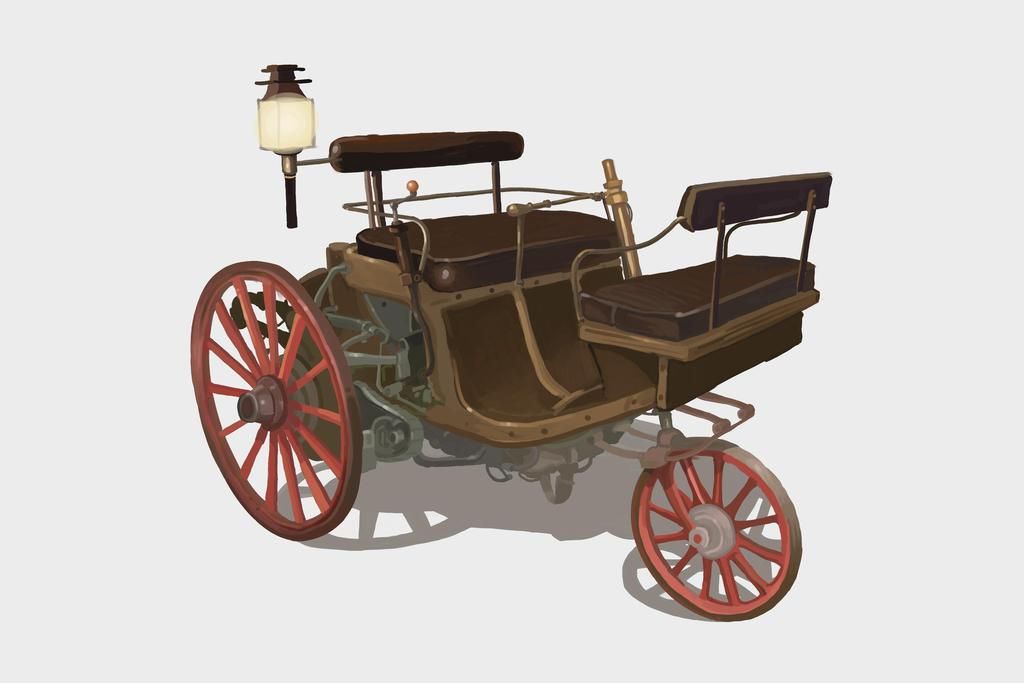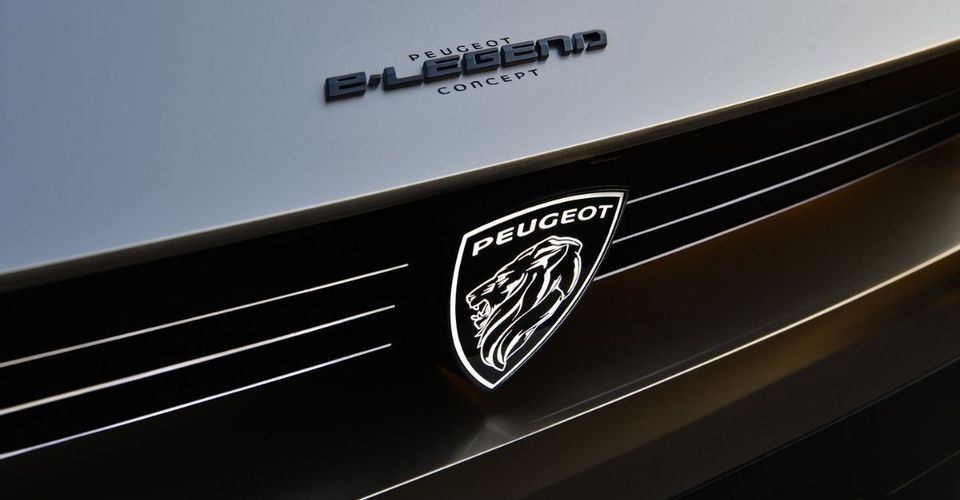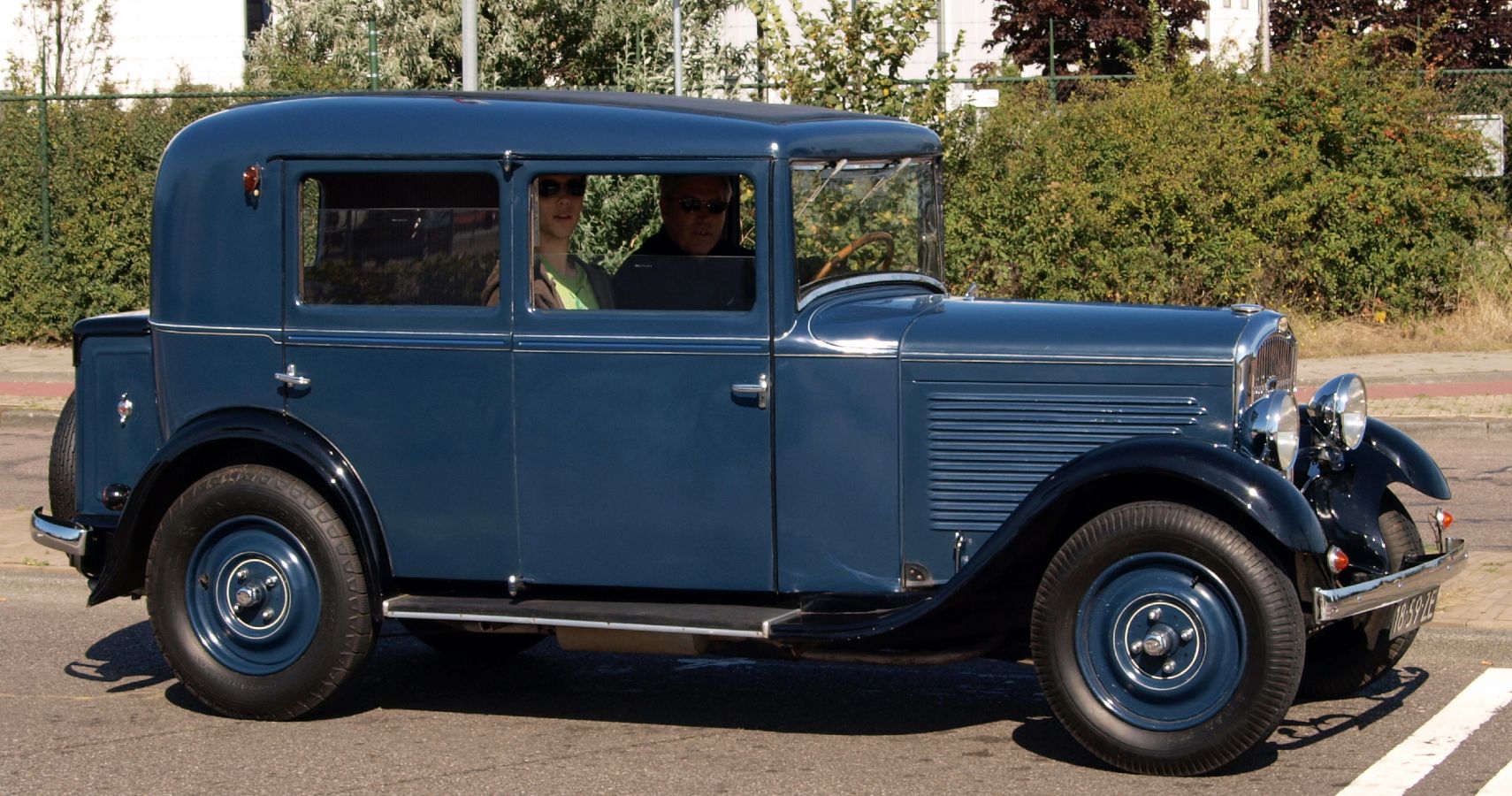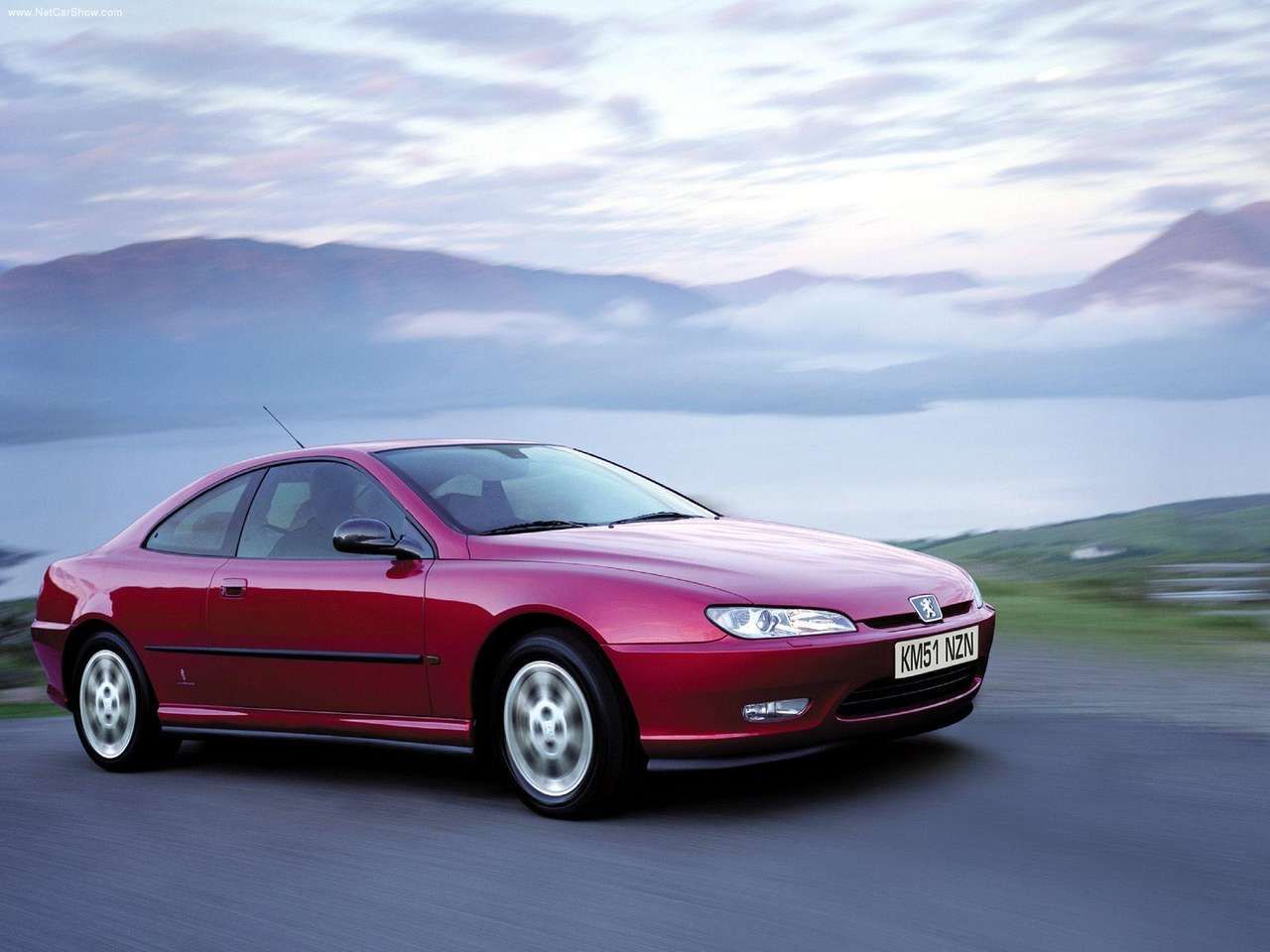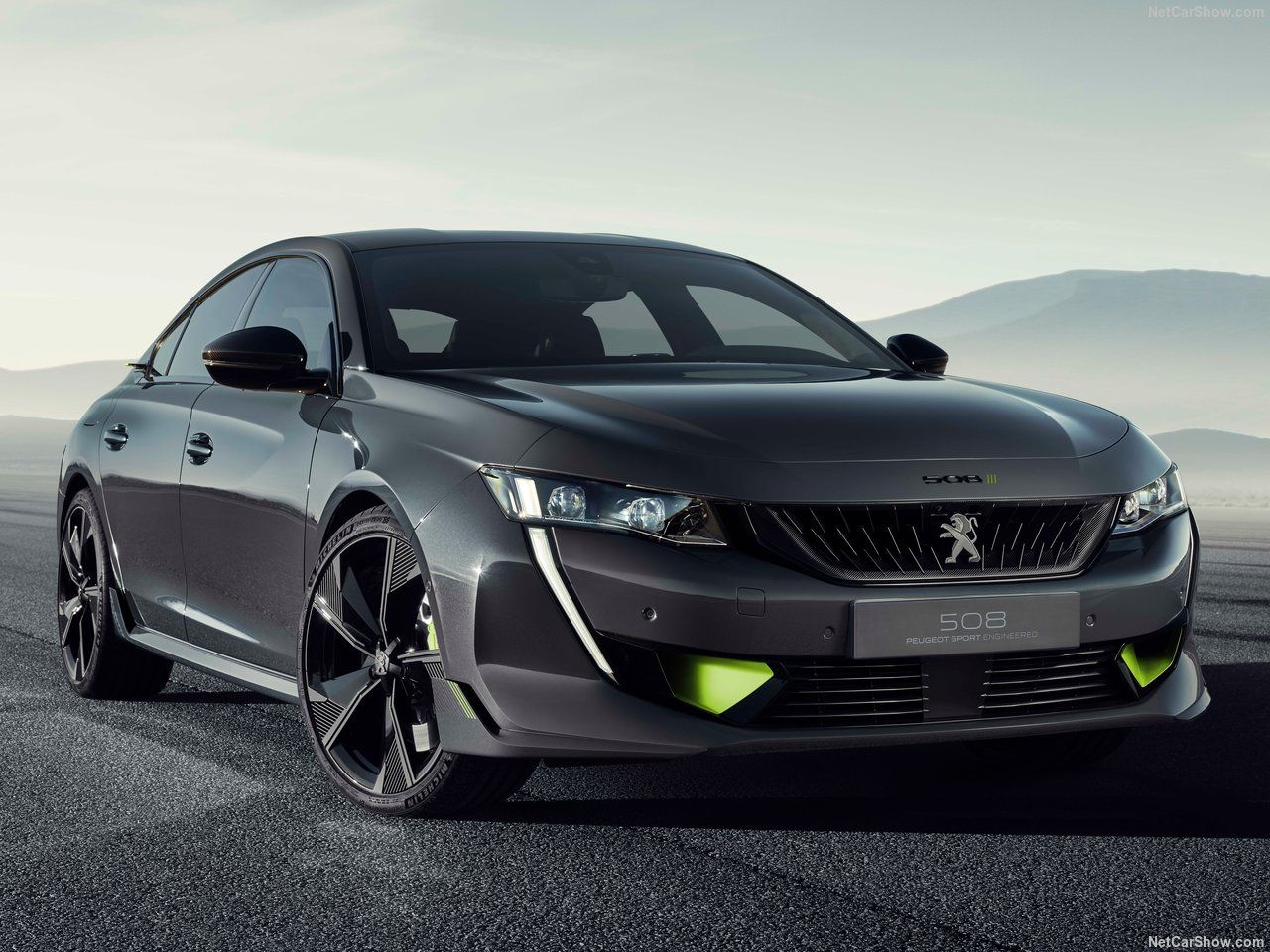The history of a brotherhood that started as a steel mill, to producing bikes and then cars dates back to 1810. This is the fascinating history of Peugeot, the French car manufacturer that is now one of the French leaders in the automobile industry and they have offices and manufacturing plants all over the world.
Since 1810 the Peugeot family had been running a general manufacturing company, making everything, from sewing machines to coffee mills. Their first car release however was far later than 1810, the first-ever car Peugeot released was an unreliable steam-powered tricycle in 1889 and that was in collaboration with Leon Serpollet.
Let’s find out more about the history of Peugeot!
The Lion: Founders And Descendants
Jean-Pierre Peugeot, born in 1734 is known as the father of Peugeot, founded a small workshop producing oil mills and grain mills. He had two sons, Jean-Pierre II and Jean-Frédéric, who turned their engineering skills to a wider range of steel products, introducing coffee grinders, umbrella frames, bike spokes, and bikes. It took many years until the grandson of Jean-Pierre was able to introduce the first-ever Peugeot car.
Despite the lion badge being present since 1847, the lion trademark was claimed by Emile Peugeot back in 1858. The lion image was used to represent the strength and sharpness of the products – symbolized through the lion’s jagged and sharp teeth. It was not long after, the cousins had an unhealthy partnership and in 1896 Armand Peugeot founded société des automobiles, Peugeot. Armand was sure that the world was in need of automobiles, but his cousin did not think the same.
First Car: The Peugeot 201
In 1912 Armand set up a new factory in Sochaux, which is also the first mass-producing car factory in the world. In the racetrack, Peugeot had a 4-cylinder 16-valve dual-overhead-camshaft, which is the technology most cars use by today's standard. Their first release with the recognizable three digits with the zero in the middle started in 1929. The Peugeot 201 was the first mass-produced Peugeot, previously Peugeot was calling their cars by type: Type 1, Type 2, and so on. It was at this time Peugeot put a recognizable car on the road and it made a great profit.
It is said that the car was built so efficiently and effectively making it one of the least expensive cars in France. The 201 saw great sales, and in 1929 the great depression happened, which made people look after cheaper cars. The Peugeot 201 was the first mass-produced car to feature independent front suspension. The 201 made 23hp, and while everyone was using large engines to develop more power, the 201 used a 1,085 cc engine. The old-school clutch had to be pushed two times for the gear to engage and the top speed was 50 MPH.
Fun Fact: Peugeot was an early pioneer in motor racing, with Albert Lemaître winning the world's first motor race, the Paris–Rouen, in a 3 hp Peugeot.
Partnerships: Mercedes And Pininfarina
Peugeot might be one of the oldest automobile manufacturers but they have had help from other companies of the time. Their first steam-powered tricycle featured a Daimler engine, and later on, when they decided to move on to a four-wheeled car with internal combustion, the engine was built by Panhard under Daimler license.
The innovations continued on Peugeot and Armand Peugeot decided to get his mind out of the racetrack and focus more on stylish cars. Elegant bodies with shiny grills and better aerodynamics were first shown in the play. Newer models started to appear and it was just the beginning with the 204, 304, 504, 309, and so on. They also built one of the most iconic sports packs, the GTI, the 309 GTI, 106 Rally, 306 GTI, and 205 GTI. They made small cars that packed a lot of horses and were quick with responsive handling. The 205 GTI won the 1986 Rally championship group B, and later on, it was modified to withstand Dakar, which it succeeded in yet again.
Peugeot has had a partnership with the Italian designer house Pininfarina, designing some of the most beautiful cars of the past century. They were niche cars, coupés, and cabriolets. Pininfarina produced the bodies, which were then sent to Peugeot where the mechanical parts were assembled. A series of numbers and successes followed 404-204-504-205 and 306 to which we must now add the latest, the 406 Coupé.
Where Does Peugeot Stand Today?
Peugeot is known to be a pioneer in family cars, sport hatchbacks, and innovative design. Their 3008 model has won 65 International awards and it’s among the best-selling crossover cars in Europe.
Peugeot has now turned the page to a new standard, fully electric vehicles. Their 508 fastbacks proved that wagons are not always dull and boring. Their design on cars has always been sleek and gave drivers a whole new experience behind the wheel. Other honorable mentions would be the 208 hatchback which comes in diesel, petrol, or fully electric, so does the bigger brother, the 2008. Peugeot is also building a fully electric car, the e-Legend, which is said to have full self-driving capabilities.

